TEXT BY ADITI SINGH
PHOTOGRAPHS BY ADITI SINGH AND ABHIMANYU RAJ
Lucknow, India
On a sultry June afternoon, my mother opened her almirah – which as children, we were never allowed to touch – and took out a heavy brown wooden box, 8 inches wide and 11 inches long, and placed it on my hand. Inside it were two watches and a ‘jhunjhuna’, a child’s rattle, both of which belonged to her. Then, taking out yet another smaller box, similar in colour but rather quaint, she said, “These are the only two things I have preserved of your Nana. If you will keep these just the way that I have for so many years, then these now belong to you.”
As a person who’s always been fascinated with carefully crafted objects and keenly collected those which have a family history attached to them, I nodded and promised her that I would keep them close to my heart always. This moment happened shortly after my mother and her siblings lost their ancestral home in Lucknow, where they had spent their childhood. Due to several reasons, the 80-year-old home located on Cariappa Road in the Lalbagh area, had to be let go and sold off to another family. It was heartbreaking, since I too spent eighteen years of my life in that big bungalow, and today, it houses a government bank.
The two boxes my mother had bequeathed to me not only belonged to my maternal grandfather, but they were also crafted by him. My nana, Naresh Chandra Sharma used to work at a wood factory in his hometown of Sitapur, in Uttar Pradesh, while the rest of the family consisting of 20 members, including my nani, mother and her three siblings, stayed back in Lucknow. My nani, Kshama Sharma passed away in 1975 when my mother was only 10-years-old.
The two got married on May 27, 1964 after a month-long courtship. As my mother tells me, my grandfather was unemployed when my grandparents first met each other and my grandmother was working as a teacher in a city school in Lucknow. During their courtship, he had secured a job in Kashmir but for the first three months it became difficult for him to survive in a new place due to delays in his salary. To his rescue came my nani, his future wife, who would send him money every month till he started to earn his own. He ultimately returned to Sitapur in 1965.
Whenever he used to visit the family in Lucknow on weekends, my grandfather would bring a piece or two that he had handcrafted at the factory. These two boxes were carried home by him. The large, dark brown box is engraved with flowers and leaves across its expanse, and large flower in the centre. The carvings covering its four sides, to me, looks like sea waves. This is a jewellery box, and is probably 60-years-old, yet retains the faint smell of gulab attar, which was usually purchased by my nana from an old perfumery in the Hazratganj area of the city.
The second, smaller box is a 65-year-old cigarette holder – carved in Indian mahogany, with gold foil flower motifs on it – was a particular favourite of my nana and the only item which makes me feel closer to him. He was an avid smoker and always carried different cigarette holders with him in his pocket, but this is one I distinctly remember from the very little time I have spent with him.
I’ve a very few memories of my grandfather. He passed away when I was only five years old. But, as we spoke about him in the family, everyone would always say that he was a ‘Modern Gentleman’, an all-rounder. He was an alumnus of the Colvin Taluqdar’s College, where my maternal great grandfather, Dayashankar Sharma, was the headmaster. He was fond of music, he sung, he loved clicking photographs, he was a jazz dancer, an artist with a very observant eye and a keen imagination, which reflected in his works as well. Once my mother told me that the doll house he crafted and made for her, was not just like any other doll house. It had six rooms with lights and curtains in it, a painting hanging inside the living room, and a car parking area. She always said that every of her friend would envy her because only she had this kind of a doll house.
Belonging to a family of lawyers and politicians which were well known in Lucknow, my nana, instead of choosing the path which his brothers and forefathers took, followed his passion and continued to work in the same wood factory till he passed away in the year 2000. He was very much inspired by the culture of Awadh and the small motifs that adorn the old monuments and buildings here. Those same motifs were often found in my Nana’s work as well. Despite the two boxes being six decades old, except some perforation along the rim of the jewellery box, they are still functional and still retain the same old finish and colour.
Over the years, the boxes were gradually forgotten, but I’m thankful that they found their way back to me. My heart was full when my mother passed them to me and now, they travel with me everywhere. For the ones who didn’t have a chance to meet their grandparents or spend time with them, I feel that the only way they can feel closer to them is through their stories and objects and collectibles preserved in the family for years.

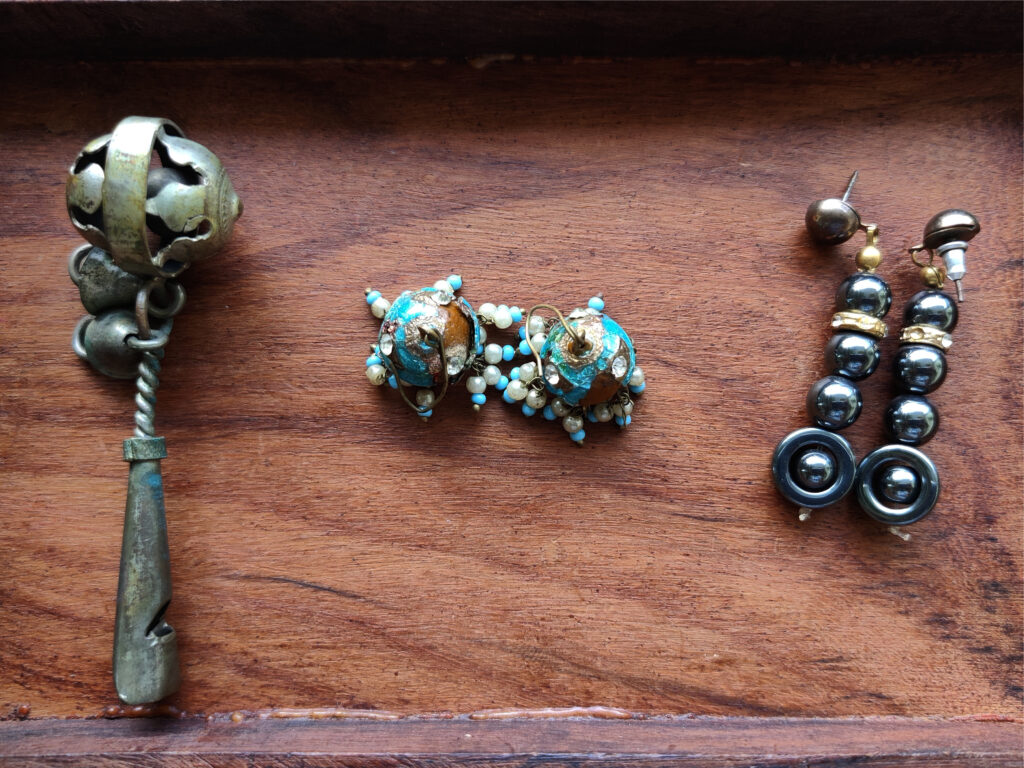
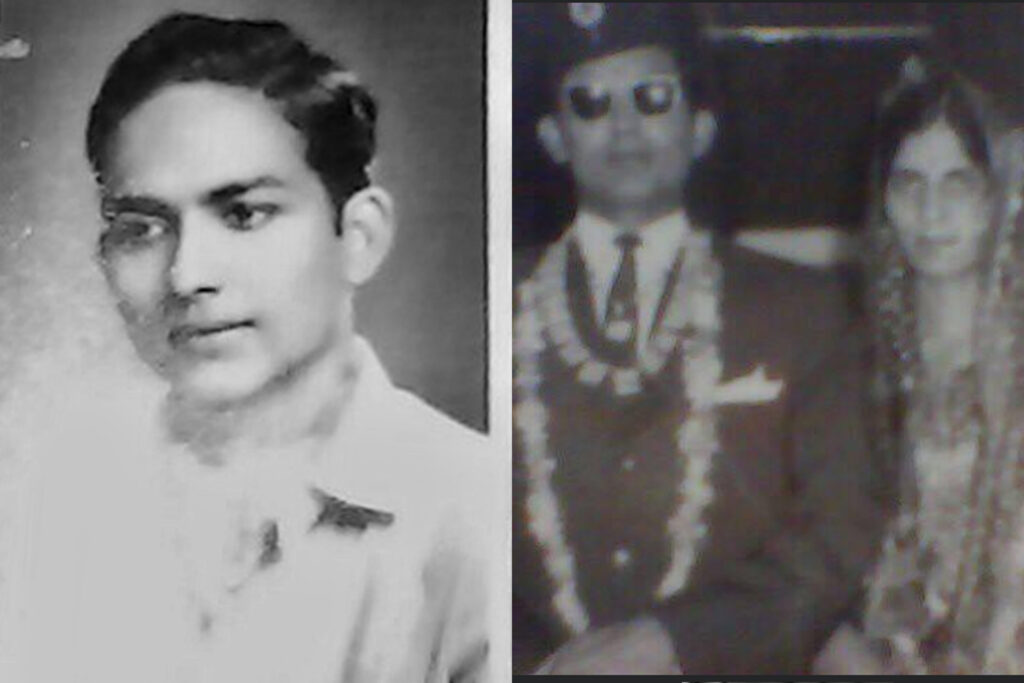
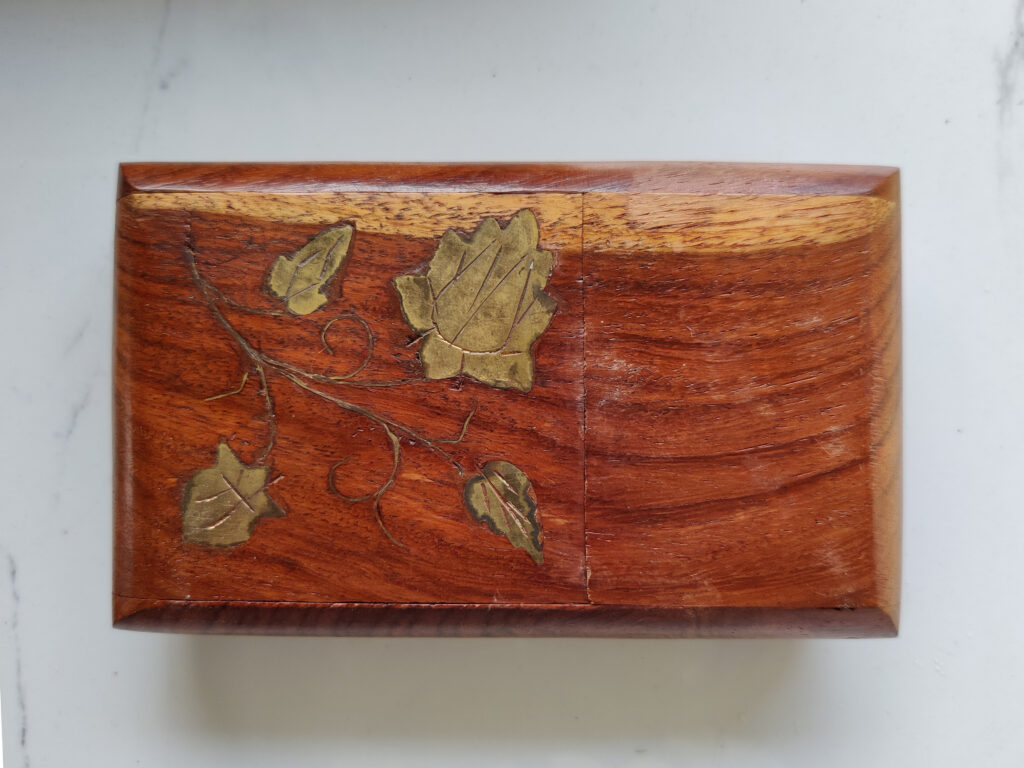
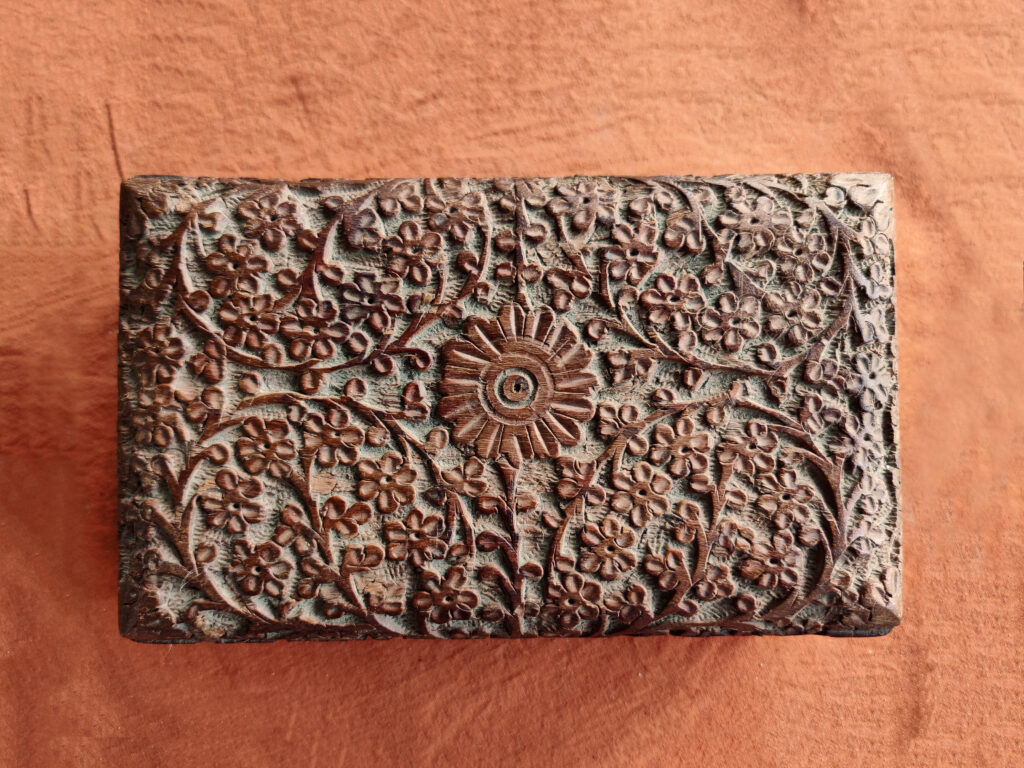
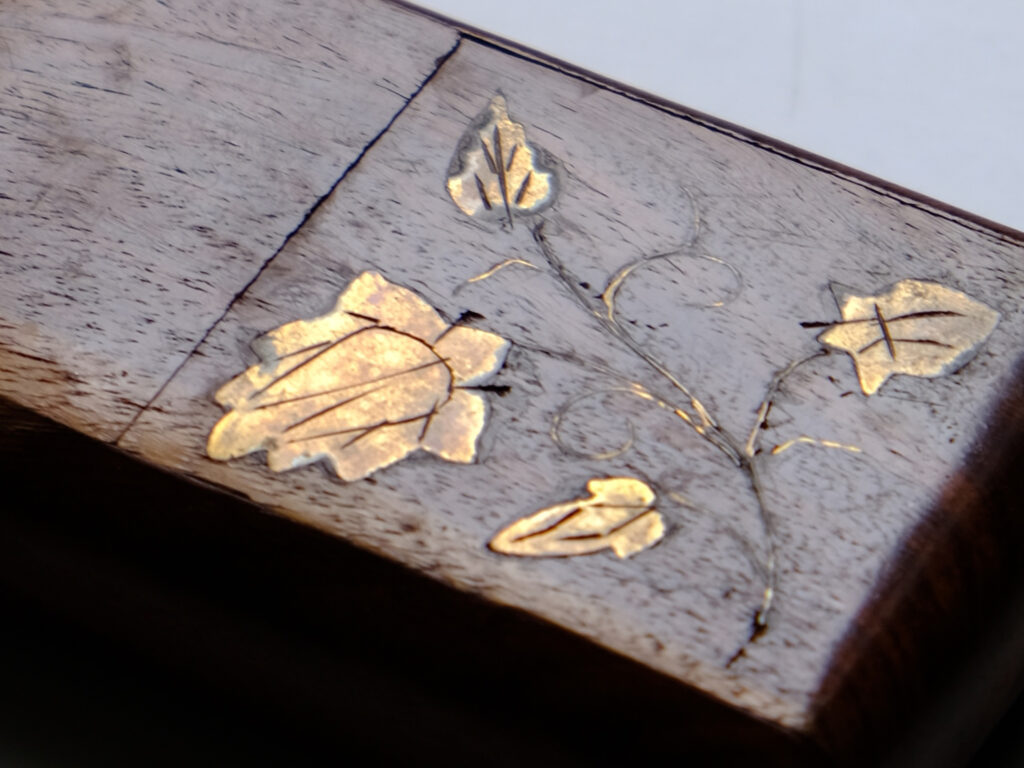
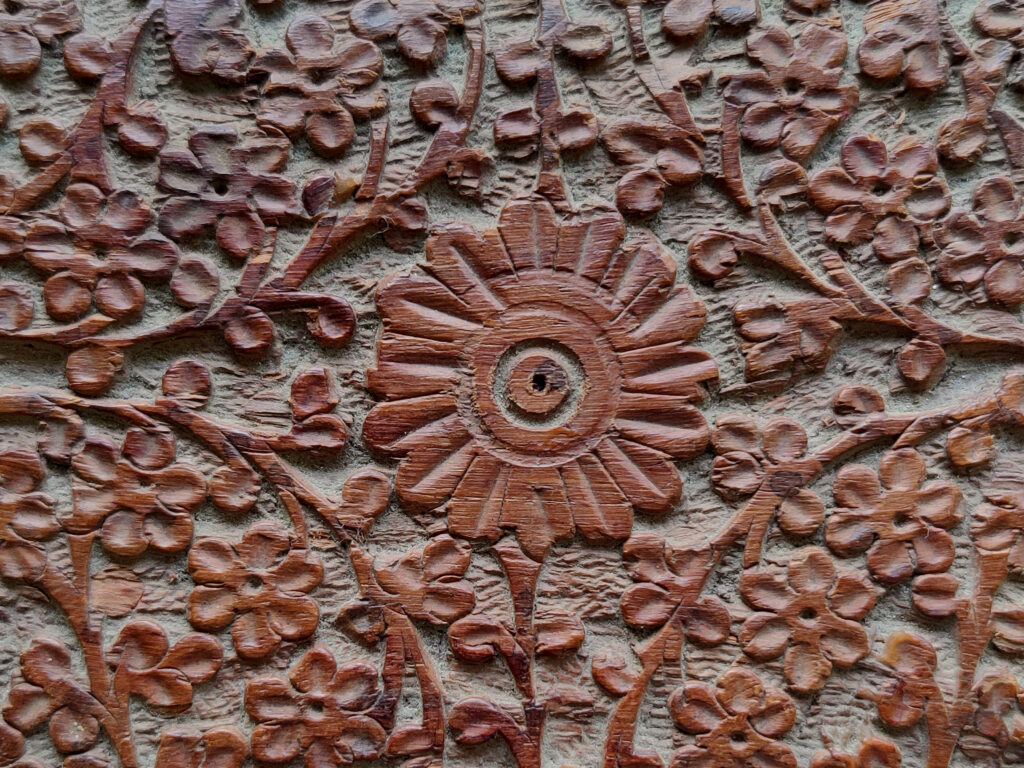
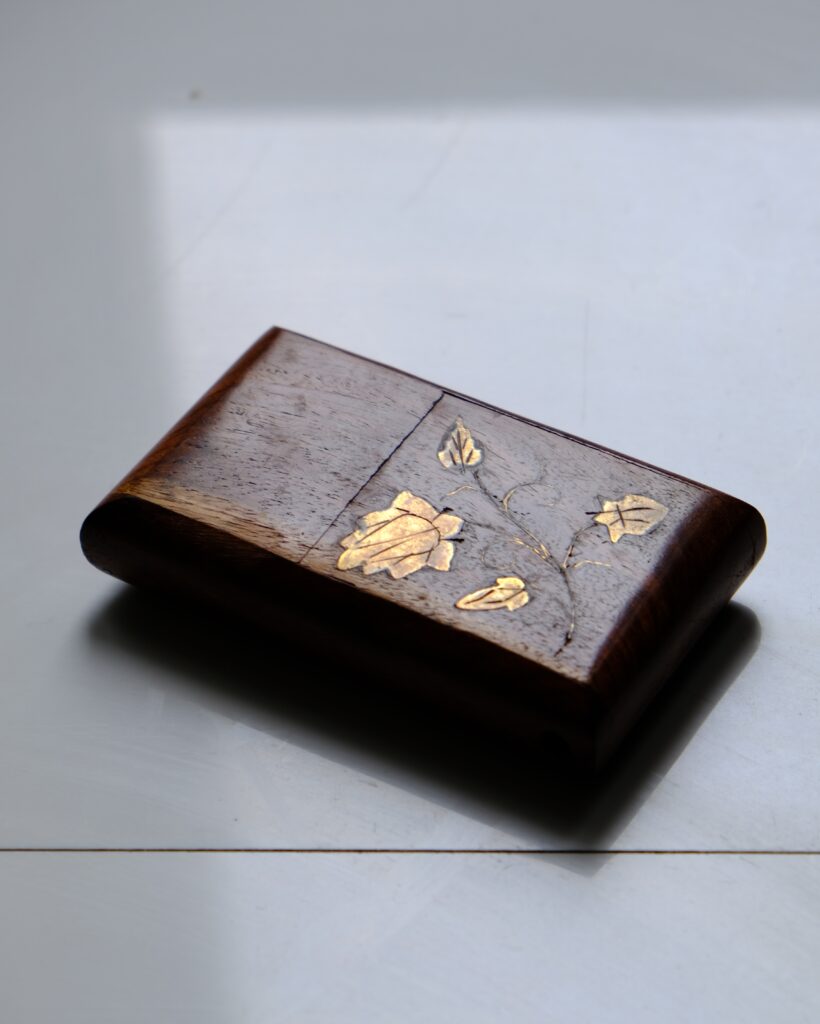
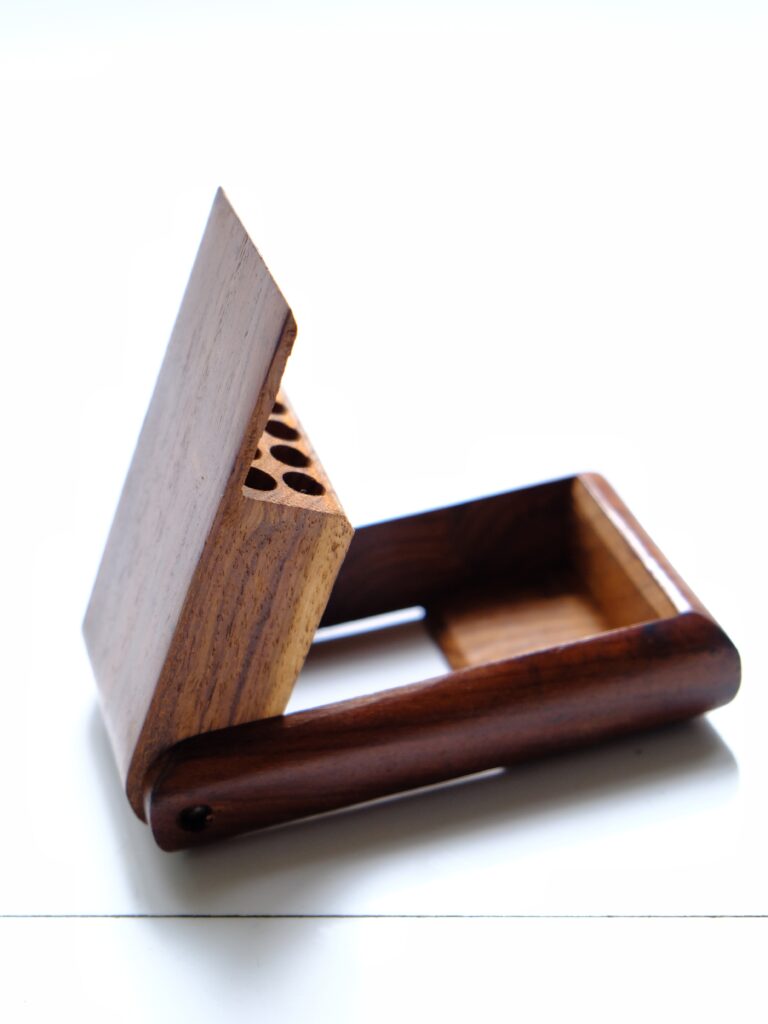
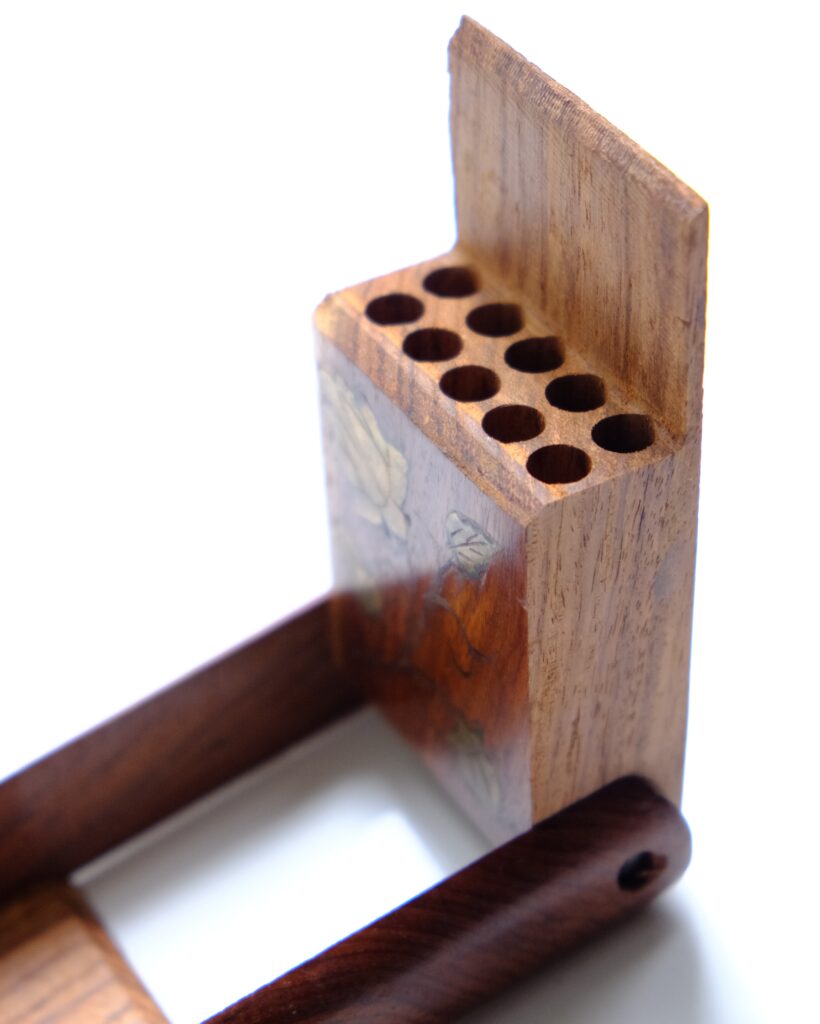
i have benarosi &self embroidery sari of my. Mother who expired in 1963, also have my marriage sherwani,liberty make terin shirt & suit . marriage was in year of 1969.What best can be done?
Hi, that sounds incredible! Please share your email and we will get in touch with you.